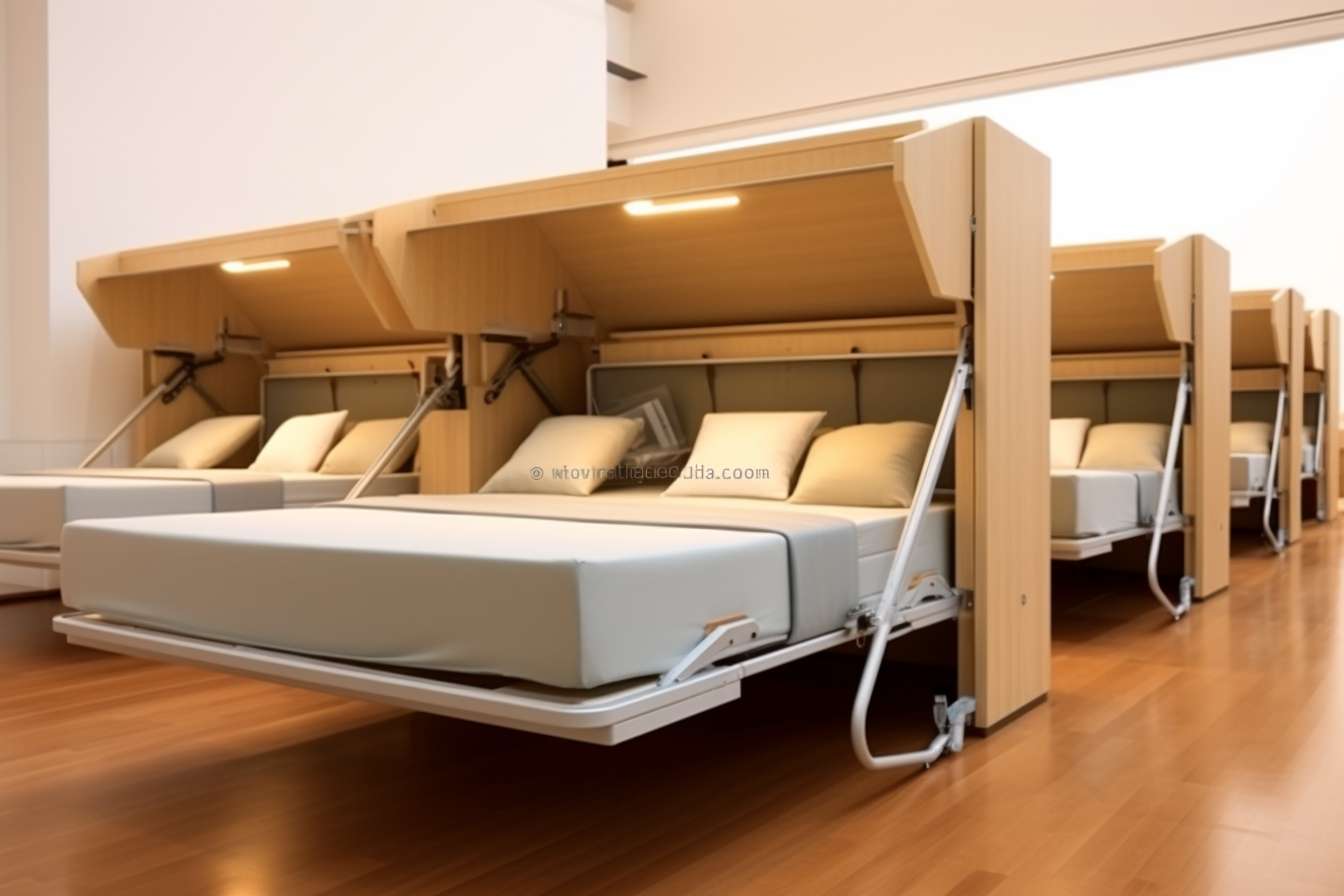Acoustic design tips to minimize noise in shared spaces
Shared spaces present a recurring challenge: how to keep conversations, media, and activity from clashing across areas while preserving openness and flexibility. This article outlines practical acoustic design tips that balance noise control with comfort, aesthetics, and sustainable choices, focusing on layout, materials, and ergonomic considerations that work in everyday homes and communal settings.

Effective acoustic design starts with understanding how sound travels and how people use a space. In shared areas where seating, conversation, and multimedia coexist, small decisions about layout and materials can reduce reverberation and unwanted noise transfer. This article offers clear strategies that integrate acoustics with ergonomics, biophilia, and sustainability while keeping multifunction needs in mind. Each section addresses a design element—layout, seating, textiles, storage, partitioning, lighting and color, plus the role of plants and sustainable materials—in practical terms suitable for both residences and communal facilities.
How does layout affect acoustics?
Thoughtful layout reduces direct sound paths and clusters noisy activities. Position louder zones—TV, game areas, or high-traffic circulation—away from quieter corners used for reading or work. Open-plan spaces benefit from staggered activity zones and buffer areas such as bookcases or upholstered furniture. Consider traffic flow and sightlines: angling seating slightly or creating offset zones prevents sound from traveling in straight lines across the room. Hard floors reflect sound; use rugs or area carpeting in central pathways to limit echo. Layout choices influence how much additional acoustic treatment will be needed.
What seating and ergonomics improve noise control?
Seating choices affect both sound absorption and user comfort. Upholstered sofas and chairs with thicker cushions and fabric covers absorb mid to high frequencies better than leather or hard surfaces. Prioritize ergonomics for seating placed near work or study areas to reduce fidgeting and repositioning that can increase incidental noise. Arrange seats to encourage inward-facing conversation clusters rather than long rows; this helps keep voices lower. Include a range of seating heights and types—lounge chairs, ottomans, benches—to support different activities without requiring loud interruptions.
Can textiles and storage reduce sound?
Textiles are among the most effective, low-cost acoustic treatments. Curtains, wall hangings, upholstered headboards, and heavy rugs absorb reverberation and soften footsteps. Layer textiles—sheer curtains for daylight and heavier drapes for sound control—so the space remains adaptable. Storage elements such as bookcases filled with books or soft bins act as functional sound baffles; closed cabinetry can block transmission between areas. Choose soft-fronted storage and avoid rows of empty shelving along shared walls, as empty cavities can increase resonance.
How does partitioning support multifunction spaces?
Partitioning creates visual and acoustic separation without fully isolating areas. Moveable panels, folding screens, and open shelving offer multifunction benefits: they define zones, provide surfaces for absorption, and can be reconfigured as needs change. Full-height solid partitions block more sound but reduce flexibility; partial-height partitions or double-sided shelving maintain a sense of openness while interrupting sound paths. Consider multifunction partitions with integrated textiles or acoustic panels to add absorption and storage in one element.
What role do lighting and color play in perception?
While lighting and color don’t directly alter sound, they strongly influence how occupants perceive acoustic comfort. Warm, layered lighting reduces visual strain and discourages shouting that can arise from poor visibility. Strategic task lighting clarifies activity zones so people need not raise their voices. Color choices can affect apparent room scale: darker tones and textured finishes make spaces feel cozier, which can psychologically encourage quieter behavior; bright, reflective surfaces may feel more echo-prone. Use matte finishes rather than high-gloss to reduce audible reflection cues.
How do biophilia and sustainability help acoustics?
Plants, natural materials, and sustainable choices contribute to both acoustic performance and occupant well-being. Large-leaf plants and carefully placed potted greenery scatter sound and add absorption, while green walls with integrated media provide effective multifunction acoustic surfaces. Choose sustainable textiles (recycled fibers, natural wool) and low-VOC acoustic panels to reduce environmental impact and indoor pollutants. Timber elements with porous or grooved surfaces can break up reflections while supporting a biophilic aesthetic. Prioritize durable, repairable solutions to extend lifecycle value.
Conclusion
Minimizing noise in shared spaces combines practical layout decisions with material choices that absorb, diffuse, or block sound. Integrate ergonomic seating, layered textiles, multifunction storage, and adaptable partitioning to tailor acoustic performance to daily activities. Lighting and color influence behavioral responses to noise, while biophilic and sustainable materials offer both acoustic benefits and healthier indoor environments. Applying these tips allows shared spaces to remain flexible and comfortable without sacrificing acoustic quality.





